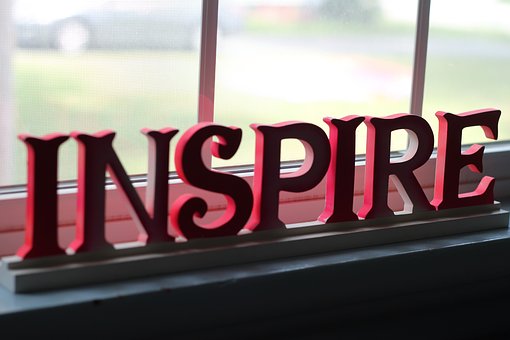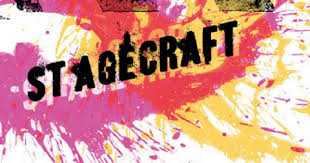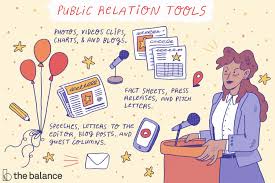Inspirational speakers are often confused with motivational speakers. Why? Because the difference between motivational and inspirational speakers is subtle. Motivational speakers, like Tony Robbins, encourage you to become more excited about what you do, they focus on the psychology of motivation and purpose. This leads to a change in behaviour as the motivational speaker helps people to think better, do better and be better. They are often business focused and concentrate on mindset and the how.
Inspirational speakers use their life experience and evaluate themselves frequently, passing on any useful information to their audiences. They possess strong speaking skills and help individuals make definite changes by providing them with an ideal reference, such as overcoming adversity. Inspirational speakers deliver their message with enthusiasm, creating a connection with the audience by using emotional language and have achieved a level of success by overcoming extreme setbacks. Inspirational speakers focus on our spirit and the why….

The inspirational speaker reminds us to look at our lives through a different lens to see where the opportunities lie. How can you take responsibility to change direction in your life? What challenges do you need to overcome? What’s the end result you need to focus on? Inspirational speakers promote self confidence, the power of determination and never giving up. They share a message of hope, how to perform at your best and provide lessons in reinventing yourself.
How can we become inspirational speakers? Through compassion, having a vision and achieving our goals. Develop self-discipline, share solutions, become selfless. Invest in self-development, find inner peace, help others to see their strengths and opportunities. Show that you care, encourage others through your words and actions and earn people’s trust.
Interested in becoming an inspirational speaker? Visit Picnic Point Toastmasters at 7pm every 1st and 3rd Tuesday at Club Picnic Point – 124 Lambeth Street, Panania.
“When you share your experiences with other people, you help take away their fears”
– Rick Warren



You must be logged in to post a comment.